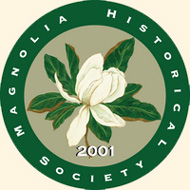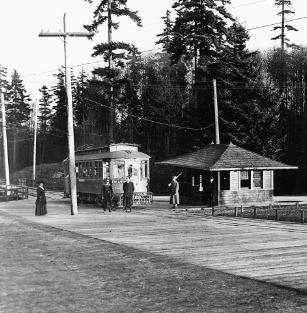By Dan Kerlee, MHS member
One hundred and one years ago the tradition of Seafair was launched in a week long festival that contained many of the features that we enjoy today.
Daily parades, colorful floats, automobile and boat races, aviation demonstrations, Navy ships, Pirates in the form of “Tillikums”, full community participation, and general festivity held sway under a Carnival King and Queen and their retinue.
Potlatch means “a Gift”. In Native American Potlatches, gifts were given during special days of feasting, dancing, and celebration. Gift giving helped establish social standing and leadership in the community, and the Golden Potlatch became a festival gift to the larger area as many out of town groups participated as well. Although Native Americans were restricted in conducting their own Potlatches, at the early Golden Potlatches local Salish, Yakima, and coastal tribes were important participants.
Influences on the Golden Potlatch include Mardi Gras, Oktoberfest, Elk’s Carnivals, the 1908 visit of the Great White Fleet, and the 1909 Alaska Yukon Pacific Exposition which included many downtown parades. Local flavor was created by themes and celebration of the discovery of Alaskan Gold, Seattle’s ties to Alaska, Northwest Native American heritage, Seattle’s ethnic groups, and nearby presence of the Navy. Each week included various themed parades: businesses, automobiles, children’s stories, local societies. Floats embodied beautiful craftsmanship and artistry of a level that we envy today. Cultural activities included concerts, plays, and garden displays. Athletic contests, flying demonstrations, automobile and boat races helped round out the bill.
In 1911 the only naval aviator in existence at the time, Eugene Ely, performed flying demonstrations at the first Golden Potlatch, anticipating another great Seafair tradition.
1912 saw the introduction of the Potlatch “Bug”, an original design based on the art of the Northwest Coast tribes. In the spirit of the era, this was reproduced widely and in many ways, and was not considered disrespectful. Rather it represents acknowledgement and aspiration to a great spirit and creativity, and local identification with the earliest inhabitants of the Northwest.
Golden Potlatch was suspended with the advent of World War One. In the 1920s and early 1930s, Fleet Weeks helped keep up the tradition of a Navy-influenced time of parades and celebration. Potlatch and The Bug were revived in the mid-1930s and continued until the advent of World War Two. In 1950, the memories of a great tradition of weeklong celebration were surely fresh, as a new summertime festival was inaugurated.








